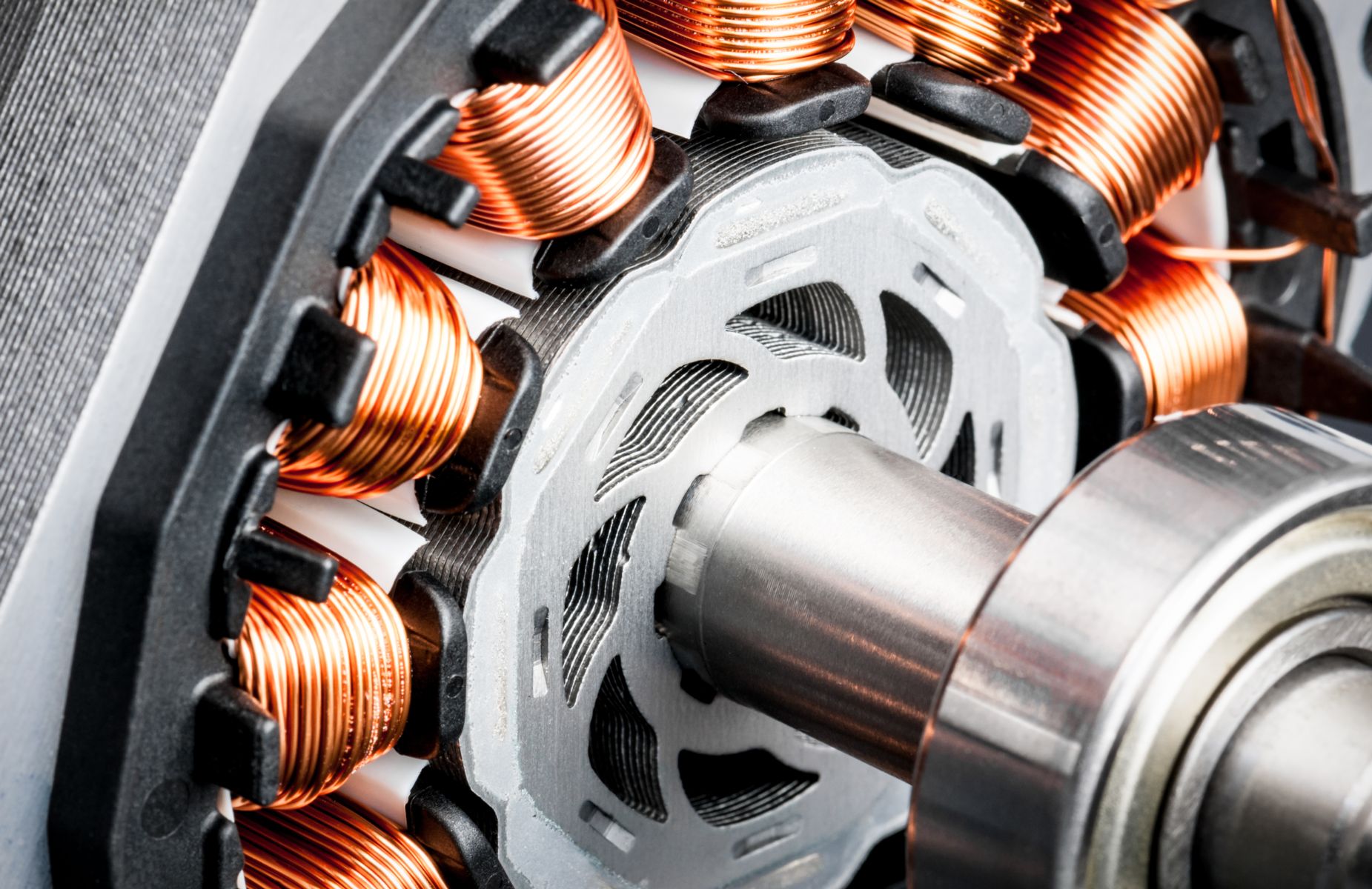
Brushless DC Motors (BLDC) are becoming increasingly popular in a wide range of applications due to their high efficiency, extended life and excellent performance. BLDC motors offer significant advantages over brushed DC motors in terms of power output, reliability, cost-effectiveness and energy efficiency.
From automotive systems to industrial automation, these motors are being used for a variety of purposes. By understanding how brushless DC motors work and what they can do for you, you can unlock the potential of this technology for your own application.
Advantages of BLDC Motors
BLDC motors offer a number of advantages over brushed DC motors. The most obvious benefit is related to power output; these motors tend to have higher power ratings than brushed motors, allowing them to handle larger loads with ease.
Additionally, BLDCs are more efficient and generate less heat than their brushed counterparts, resulting in increased energy savings when operating the motor.
Finally, they’re also quieter and longer lasting due to their lack of physical contact between the rotor and stator which means fewer parts need to be replaced over time.
How BLDC Motors Work
Brushless DC motors operate on an electronic principle, using an external controller to direct current through the stator windings. This creates a rotating magnetic field which causes the rotor to rotate and consequently move the motor shaft.
The amount of torque generated by the motor is determined by the amount of input current, making BLDCs ideal for applications where precise speed control or power output are required.
Applying BLDC Motors in Automotive Systems
BLDC motors can be used in automotive systems to improve fuel efficiency and reduce emissions. By providing a more efficient system for delivering power from the battery to different components, BLDCs can save energy and help make cars greener.
Additionally, they can also be used to control the speed of components such as fans and pumps, allowing for more precise operation.
Applying BLDC Motors in Industrial Automation
BLDC motors can also be used in industrial automation to improve accuracy, reduce costs and increase productivity. These motors are capable of producing high levels of torque with very fine control over speed and positioning, making them ideal for tasks such as packaging machinery.
Furthermore, their low power consumption and long lifespans make them an attractive choice for use in automated processes.
Conclusion: Unlocking the Power of Brushless DC Motors
Brushless DC motors offer an impressive range of benefits and are becoming increasingly popular in applications from automotive systems to industrial automation. By understanding how BLDCs work and what they can do for you, you can unlock their potential for your own application and take advantage of the power, reliability and cost-effectiveness offered by this technology.
It is clear that brushless DC motors have the potential to revolutionize many industries, with their wide range of advantages. From increased efficiency to extended life span, these motors are proving themselves as a reliable choice for any application where precision motor control is necessary. Unlocking the power of brushless DC motors could lead to cleaner energy sources, improved efficiency levels and higher productivity across numerous sectors.
